What does it mean to be a craftsperson in the twenty-first century? It’s a lifestyle that might appear to be bluntly at odds with the lightning-speed connectivity and abstracted exchanges of social media, perhaps an alternative to an increasingly tech-dominated world. And of course, the resistance to co-option by large scale manufacturing industries and flighty global trends is real – these are choices that resonate personally and politically for artisans: the desire to connect intimately with an environment and the deep-time of traditional practices, to relate on a personal level with suppliers and traders, not to mention the practical ethics of a slower and locally sustainable approach to the production of their handmade goods.
But this isn’t the only thing that defines the craftspeople we work with at Maison Numen. The etymology of “craft” has a double meaning: “skillfully made” and “with cunning”. Rather than pursuing a romantic ideal of retrograde authenticity that cordons itself off from a world which is alive with perpetual motion – albeit a world of contradictions – the essence of today’s most engaging artisanal communities is playful, and might be better captured in design theorist Benedict Singleton’s notion of “metis”. Metis, a cognate with mestizo, comes from the Latin for “mixed”. In Greek philosophy metis lands somewhere between poesis (poetry) and techne (technology), encompassing advice, wisdom and skill: ‘The kind of knowledge that can be acquired only by long practice at similar but rarely identical tasks, which requires constant adaptation to changing circumstances’[1].
Founder of The Mayan Store Diego Olivero points out that whilst teens in rural Guatemala are picking up decommissioned looms and learning from their grandparents “the kids, the adolescents who are into social media, who are on Facebook, are helping their parents with communication as well”. Knowledge and skill travel in both directions. Creating this sort of access plays an important role in Olivero’s project of supporting the sustainable development of small-scale trade of handmade goods, which relies upon mixing the old with the new.
It goes without saying that nostalgia for tradition is a relatively new phenomenon, whilst metis or crafty adaptation has a much deeper history which applies equally to the resilience of craftsmanship in the indigenous Americas as it does to the earliest international trade relations and the aesthetics of the innovative design. From sensitively flavored cutlery in London to a Jivi palm hammock – the ‘Chinchorro’ is equally at one with the rafters of a city loft as the banks of the Orinoco River from whence it came – good design draws us into new forms of relationship with the world we want to live in. Contemporary craftsmanship embodies a material engagement with the present, a present in which space and time are stretchy. It’s a crafty approach to a complex milieu. This is something to embrace.
[1]James C. Scott quoted in Benedict Singleton ‘On Craft and Being Crafty: Human Behaviour as the Object of Design’ (PhD Dissertation, University of Northumbria, 2012)





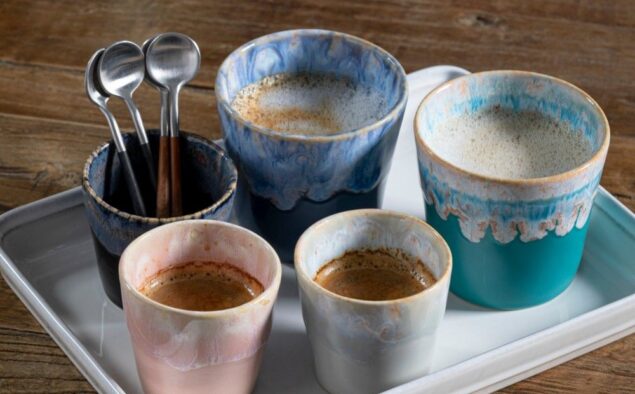
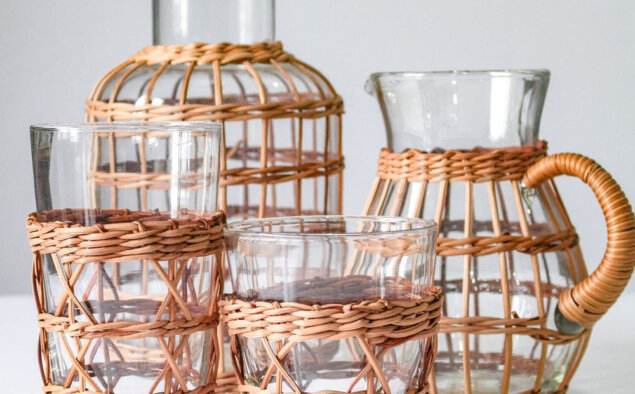
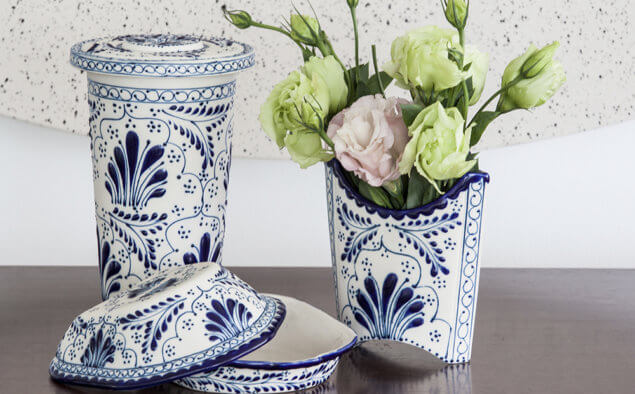

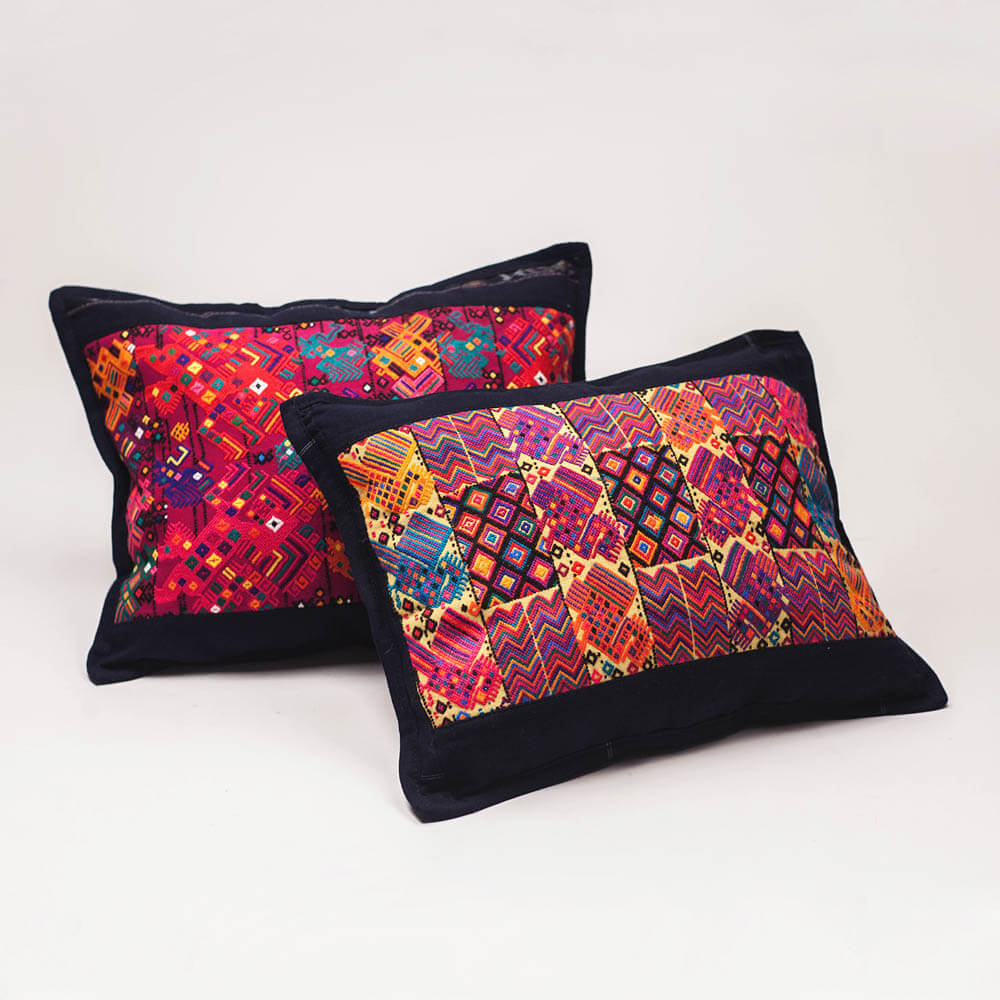
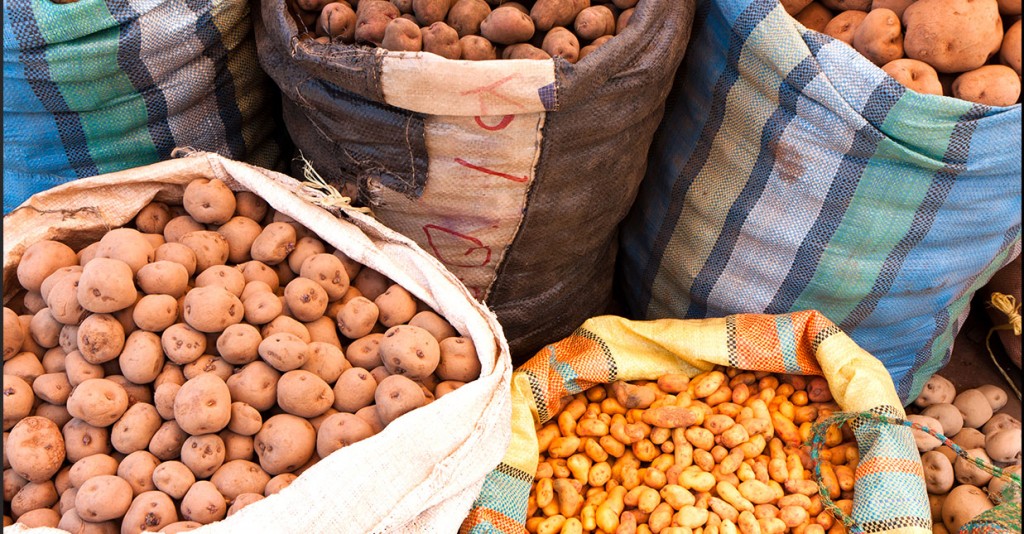
leave a comment